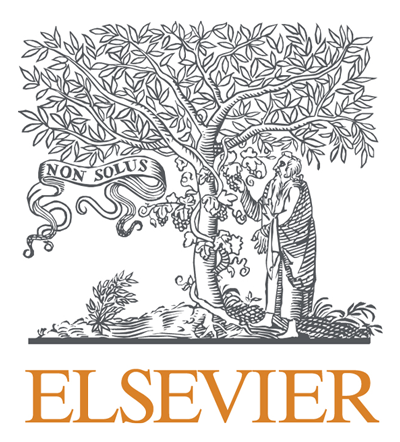XRF Discrimination of Marine Washover Deposits and Terrestrial Flood Deposits in Southeastern Texas Coastal Marshes
Topics:
Keywords: cluster,hurricane,storm surge,sediment sources,Ike,Harvey
Abstract Type: Paper Abstract
Authors:
harry williams, University of North Texas
Kam-biu Liu, Louisiana State University
,
,
,
,
,
,
,
,
Abstract
X-ray fluorescence (XRF) analysis, combined with cluster analysis, was used to discriminate between marine washover deposits and terrestrial flood deposits in a coastal marsh on McFaddin National Wildlife Refuge in southeastern Texas. A core from the marsh contains washover sediment beds previously attributed to hurricanes Ike, Rita, Carla, and Audrey. A monolith from the same marsh contains a terrestrial flood deposit attributed to Hurricane Harvey and a washover sediment bed attributed to Hurricane Ike. Clustering correctly distinguished between washover, flood, and marsh deposits. This level of discrimination was not achieved by previous studies based on loss-on-ignition and microfossil analyses because sediment from these different sources can have similar moisture, organic, carbonate, texture, and microfossil characteristics. Cluster analysis places every centimeter of a sediment core into a cluster, providing a more precise means of evaluating the relative contributions of marine and terrestrial sources. In the study area, for example, cluster analysis suggests that 50.5% of coastal marsh sediment was derived from marine sources. The XRF technique used in this study is a promising tool for discrimination of marine and terrestrial sediment sources. Further research is warranted to apply this technique in other coastal environments subject to marine and terrestrial sediment inputs.
XRF Discrimination of Marine Washover Deposits and Terrestrial Flood Deposits in Southeastern Texas Coastal Marshes
Category
Paper Abstract








